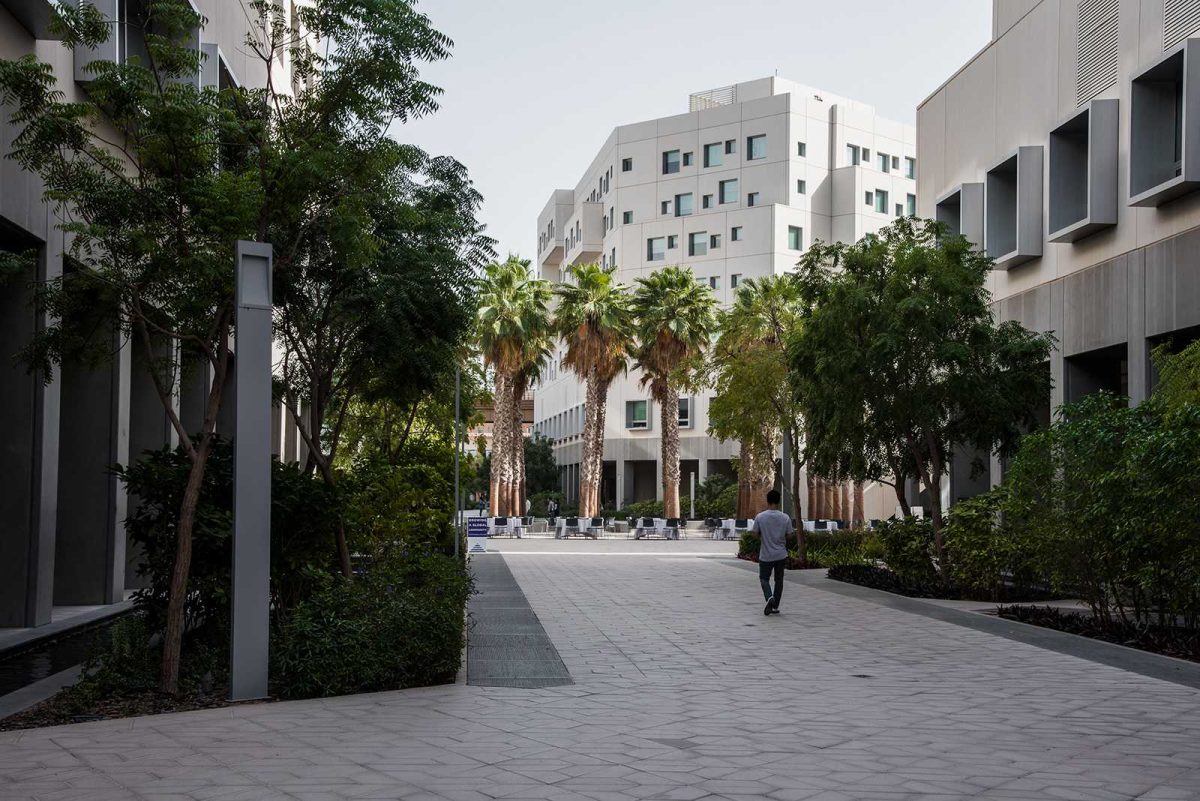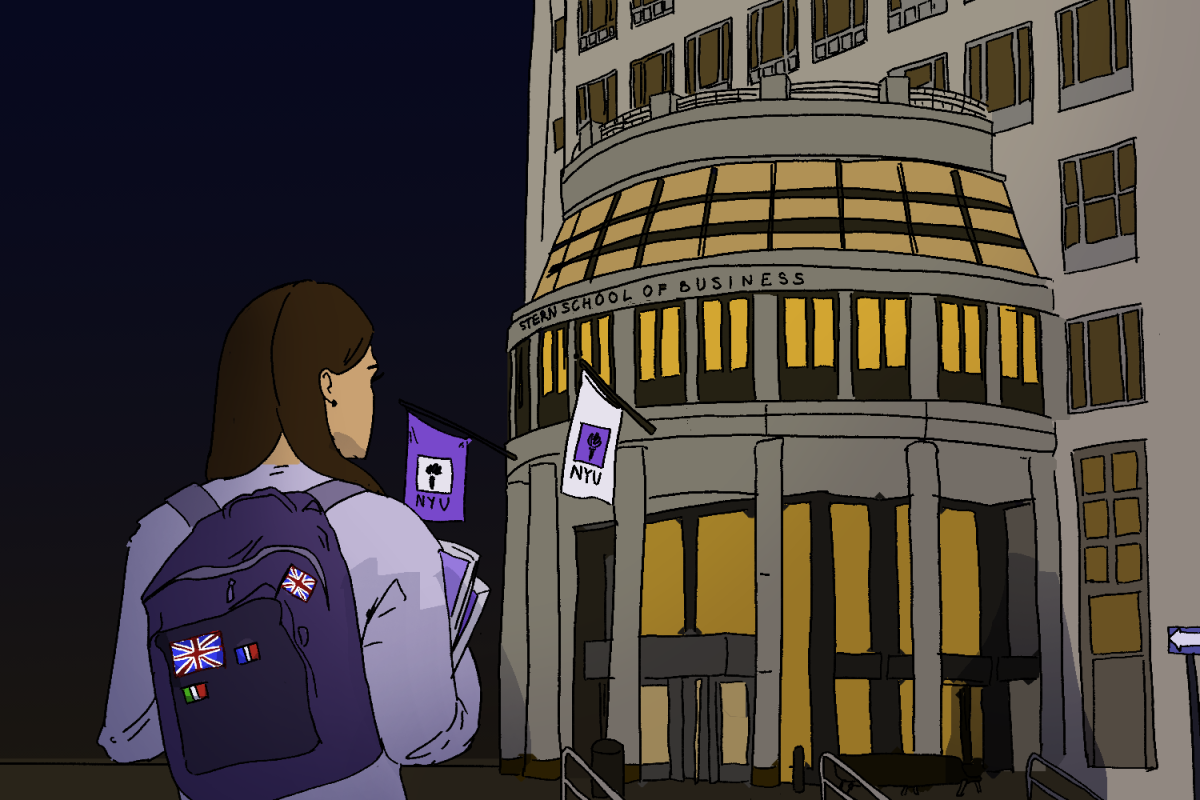In the media, commentary surrounding China and its political sphere is usually dominated by clips regarding the economic value of U.S.-Chinese relations (you can hear the president saying the word “China” as you read this, can’t you?). These discussions, however, neglect the existence of a human rights catastrophe — and an institutionalized surveillance state — existing within Chinese borders. The international community is in the midst of a glaring misstep of basic accountability. Unbeknownst to the geopolitical conscience of many in the United States, up to one million Uighurs, an ethnic minority in western China, are in the process of being detained in China’s Xinjiang province.
The Uighurs, a Turkic population of Muslims, have long experienced a fraught relationship with the Chinese government. Despite Xinjiang’s technical status as an autonomous region, many of its cities have become defined by police surveillance. Kashgar, a majority-Uighur city, has morphed into a quasi-futuristic, rubble-ridden internment camp, and the Chinese government’s insistence that Xinjiang’s camps have become sites for “vocational training” rather than detainment startlingly harkens back to the system of “re-education” most prominent in China under the reign of Mao Zedong’s Cultural Revolution.
These levels of surveillance are the dystopian indicators of a fully-fledged police state. Uighur cities are pockmarked with facial recognition cameras, QR codes on the doors of people’s homes, biometric tests and police checkpoints nearly every 100 yards. The systematic extraction of Uighur DNA for the purposes of population supervision should serve as enough to remind us of the biological experiments forced upon marginalized groups in the past.
In a 2019 New York Times article, reporters visiting Kashgar highlighted the presence of “official identity cards,” items that appear reminiscent of Apartheid-era passbooks, which all Muslims are required to swipe at checkpoints in order to pass. They noted that police will even, at random times and without notice, demand possession of Uighurs’ phones in order to check that they have installed a required software that will allow government surveillance of all calls and messages on their device. What are the retaliations for refusal to comply? The policies are murky, but stories of extreme torture tactics on detained and imprisoned Uighurs are rampant.
Understanding the source of the animosity between the Chinese government and the Uighur population is complex, and perhaps partly explains why the issue has not received more public attention. Xinjiang is oil-rich and geographically strategic for Beijing’s Belt and Road Initiative, an expansive Chinese infrastructure endeavor consisting of a vast and ambitious trade network. The encroachment of government influence, confiscation of farmland and China’s increased political action in the region led to Uighur riots in 2009, which were then wielded as evidence for furthering the crackdown. The Chinese government classifies the Uighurs, and all Muslim minorities in China, as members of extremist groups and movements, pinpointing instances of violence in which Xinjiang separatists targeted Han Chinese populations. These episodes of violence have indeed occurred. Many human rights advocacy groups, however, argue that the majority of Uighur separatist violence has been in response to the existing oppression from the Chinese government, not the other way around.
In the cities-turned-internment-camps in Xinjiang, Uighurs pass through police checkpoints before entering mosques and pray inside of houses of worship crowded with obviously placed security cameras. Acknowledgment of one’s relationship with the Quran can result in arrest or disappearance, and homes are frequently subject to arbitrary searches and raids. The psychological “re-education” referenced above includes forced study of communist propaganda, adoption of the Mandarin Chinese language rather than Turkish and sworn verbal allegiances of loyalty to President Xi Jinping. Abdusalam Muhemet, a survivor of the camps who was able to speak with The New York Times, notes numerous instances in which he and other prisoners were required to write essays criticizing their own religion and their practice of it. The Chinese government categorizes these practices under an umbrella called “transformation through education.” We’ve seen this language of culture elimination time and time again throughout history — we should shudder at the sight of it.
How is the international community responding? Human rights groups like Human Rights Watch, as well as the United Nations Human Rights Council, have taken action to advance the conversation. UN High Commissioner for Human Rights Michelle Bachelet has publicly called for UN monitors to be allowed entrance into Xinjiang (a demand at which the Chinese delegation seemed to take offense). The Chinese government’s argument that they are endeavoring to wipe away seeds of potential terror, however, is ardently counteracted by their own language and policy — The New York Times has uncovered documents from inside an internment camp in the Uighur city of Hotan in which party authorities refer to the Uighur’s Muslim faith as an “ideological ‘virus’” which must be combatted through “transformation-through-education before illness arises.”
This is the vocabulary of eradication — the caustic, resounding rhetoric of the complete erasure of a people. We have heard this discourse too many times before to now behave with complacency. To stand idly by as the Chinese government warps what is a supposedly “autonomous” region into an active prison is a horrifying example of negligence. But to do so, when the Chinese government is reacting with responses that so blatantly mirror those brandished by dictators and genocidal perpetrators, is simply inexcusable. And if all of the evidence is not palpable enough, the limiting of outsider access (both UN officials and western journalists) serves as brazen proof of government malfeasance.
We spend entire college educations worth of time studying and monitoring the patterns of our pasts — the unmistakable human rights violations, a government’s ability to instill fear within a population, the creation of police states in which friends become informants, the standardized enforcement of obligatory identification, the effort to completely obliterate the existence of a population either through literal extermination or the step-by-step destruction of culture. What is happening to the Uighurs is not some sort of sci-fi, surveillance state nightmare — and it is not a forgotten relic of an oppressive past, either. It is happening now, as we speak, in a country that we are constantly engaged with both politically and economically, but that we are somehow still failing to pay attention to. We must at least be conscious of what is happening. Our acknowledgment is the least we can offer — but even that, in itself, is crucial.
Opinions expressed on the editorial pages are not necessarily those of WSN, and our publication of opinions is not an endorsement of them.
Email Hanna Khosravi at [email protected].























































































































































